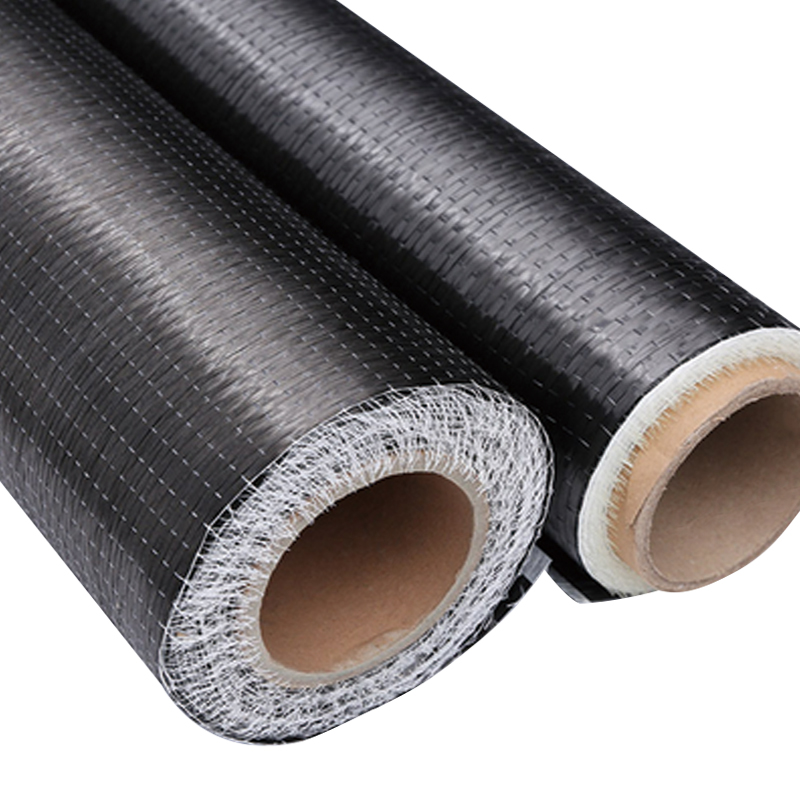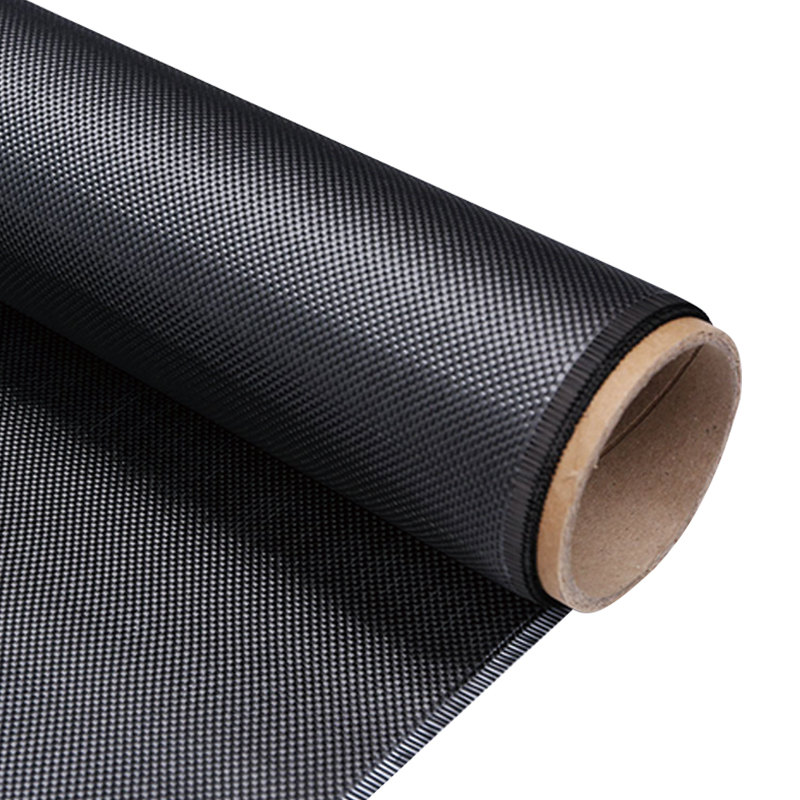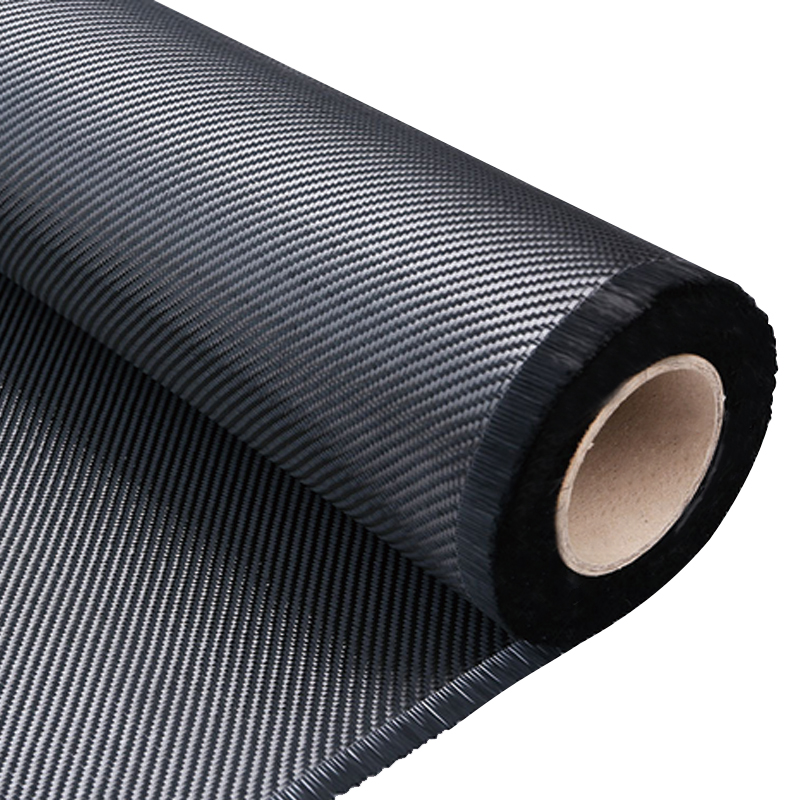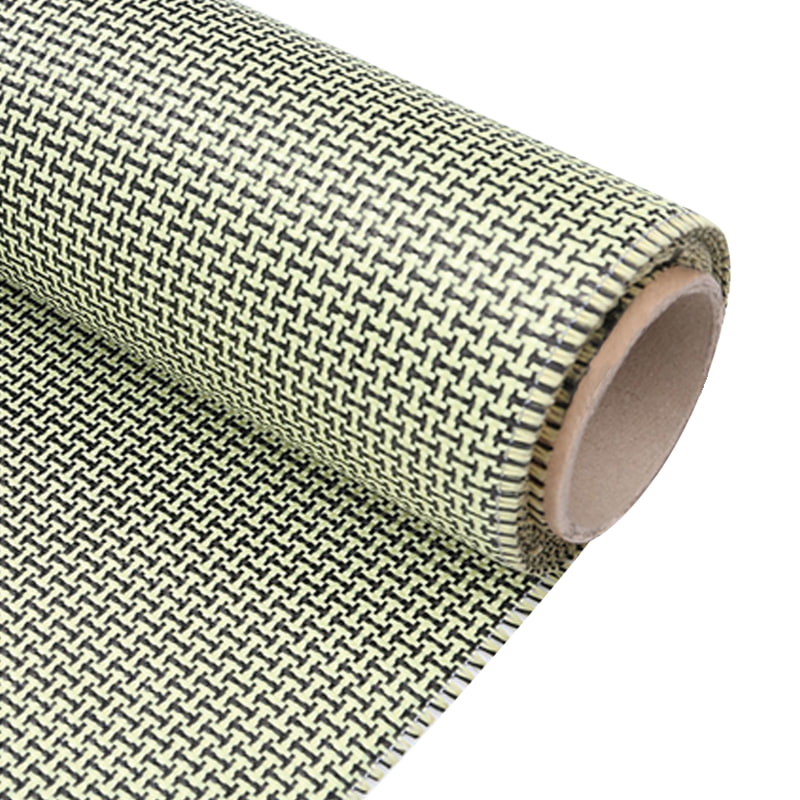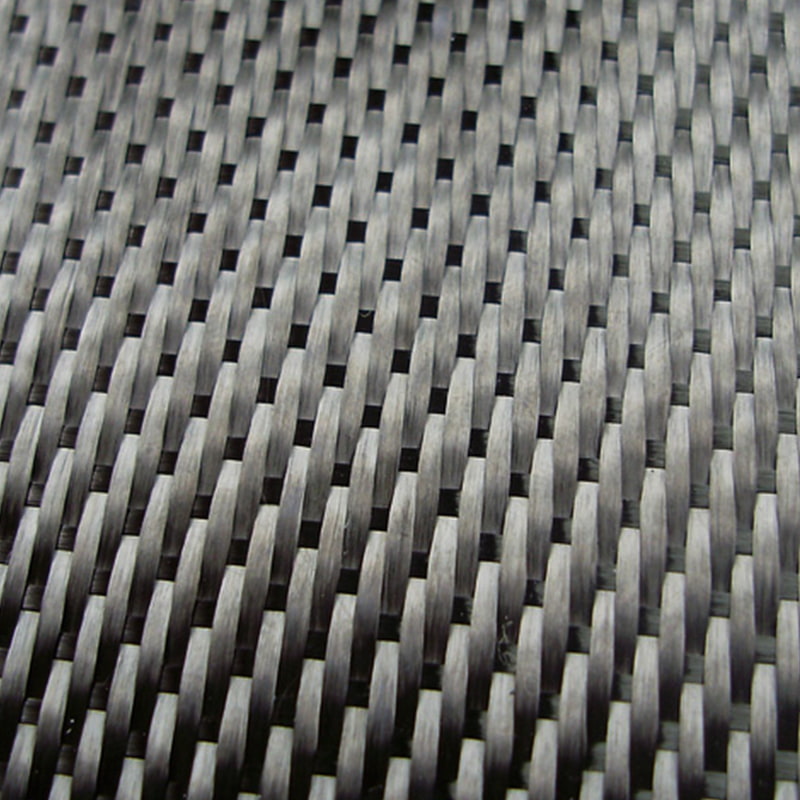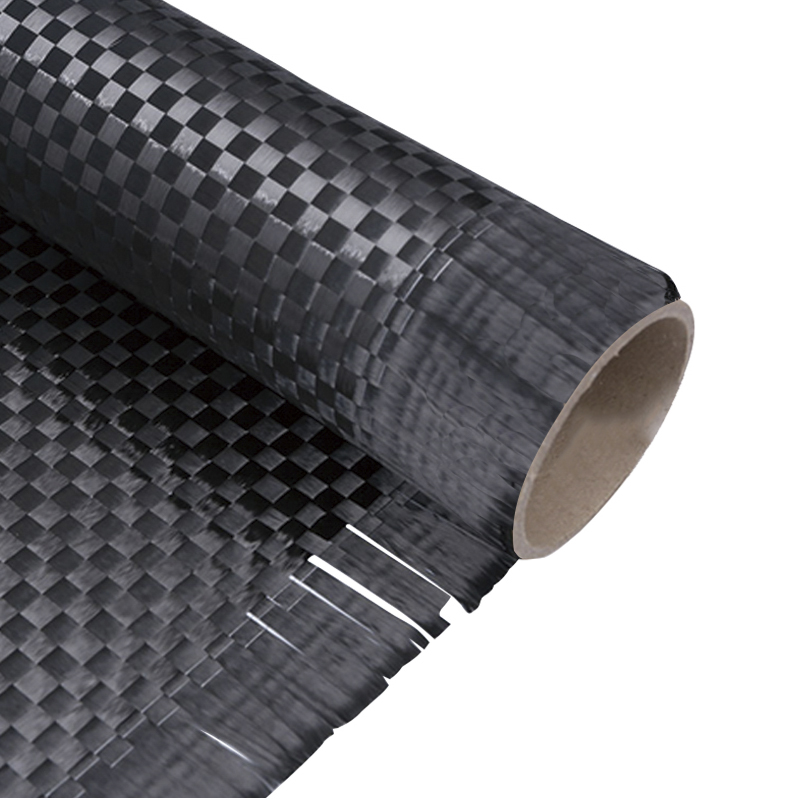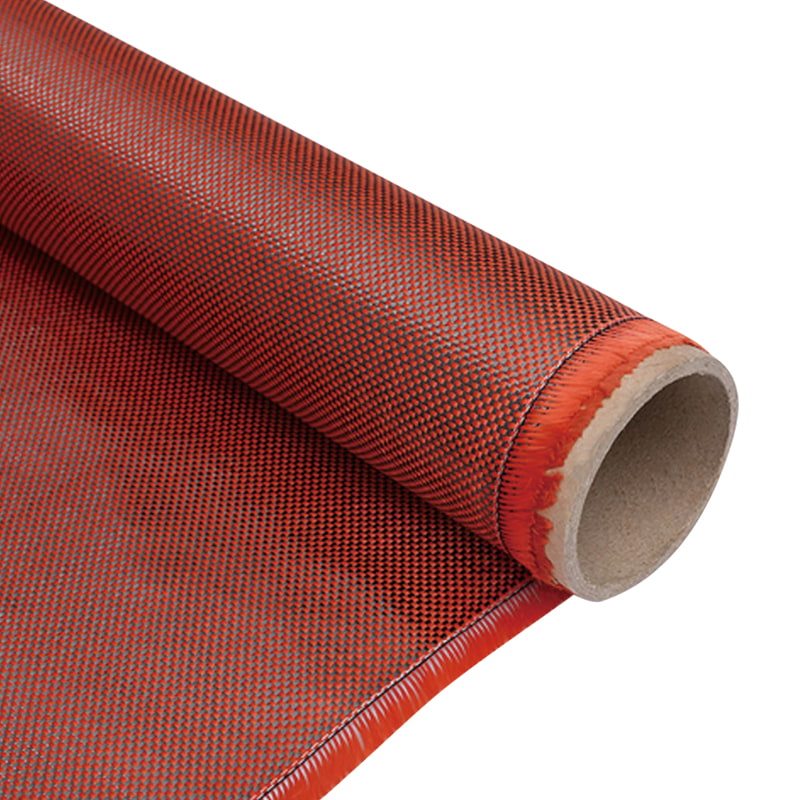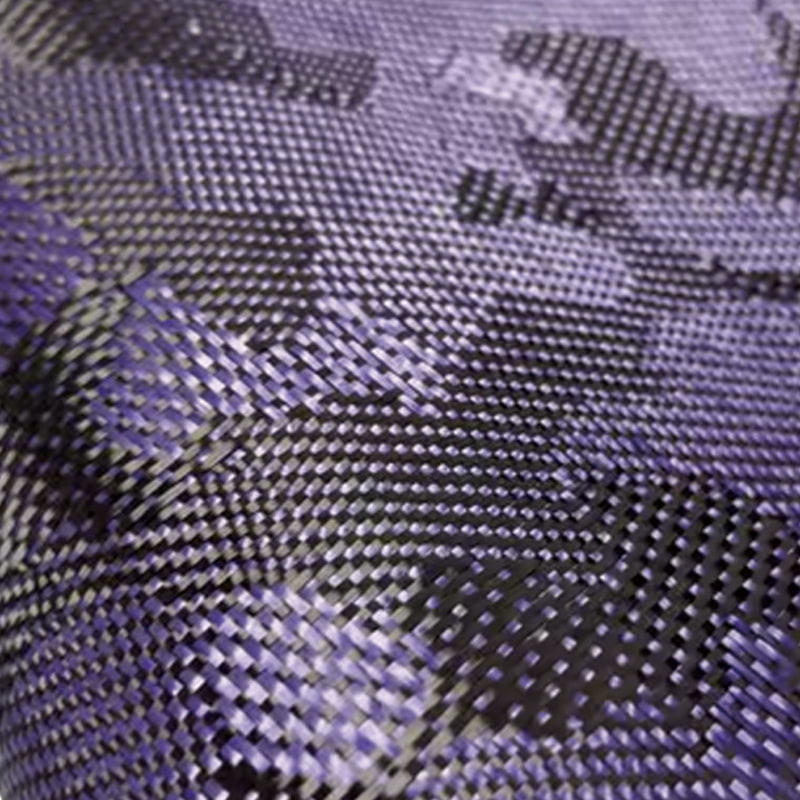- 1 What is Aramid-Carbon Mixed Fabric?
- 2 Key Performance Advantages of Hybrid Aramid-Carbon Fabric
- 3
- 4 Optimizing Ballistic Protection with Aramid-Carbon Weaves
- 5 Applications in Aerospace and Automotive Industries
- 6 Selecting the Right Aramid-Carbon Fabric for Your Project
- 7 Cost-Benefit Analysis of Using Hybrid Composites
- 8 FAQ
- 8.1 What are the main differences between aramid-carbon mix and carbon-kevlar fabric?
- 8.2 Can aramid-carbon fabric be used for primary structural components?
- 8.3 How does the impact resistance of aramid-carbon compare to UHMWPE (Dyneema)?
- 8.4 What are the best resins to use with aramid-carbon hybrid fabrics?
- 8.5 Is aramid-carbon fabric difficult to cut and handle during lay-up?
The quest for advanced composite materials has led to the development of sophisticated hybrid fabrics that combine the best properties of their constituent fibers. Among these, Aramid-Carbon Mixed Fabric stands out as a premier solution for applications demanding an exceptional balance of strength, impact resistance, and lightweight characteristics. This material ingeniously merges the high tensile strength and modulus of carbon fiber with the phenomenal toughness and energy absorption of aramid fiber. This article provides a deep dive into the performance benefits, key applications, and critical considerations when selecting and using this advanced hybrid composite, offering valuable insights for engineers and designers.
What is Aramid-Carbon Mixed Fabric?
Aramid-carbon mixed fabric is a specialized type of hybrid composite reinforcement where yarns or tows of carbon fiber and aramid fiber are woven together in a specific pattern and ratio. This is not a simple laminate but an intimate combination at the fiber level within a single fabric layer. The manufacturing process involves precise weaving techniques to ensure optimal distribution and alignment of both fiber types, resulting in a synergistic effect. The final fabric is then impregnated with a polymer resin (epoxy, vinyl ester, etc.) to form a rigid composite structure, leveraging the unique properties of each fiber to overcome the limitations they face when used alone.
- Construction: Typically woven in plain, twill, or satin weaves, with common ratios like 50/50 or 70/30 (carbon/aramid).
- Synergy: The carbon fiber provides stiffness and compressive strength, while the aramid fiber contributes incredible toughness and damage tolerance.
- Key Differentiator: Unlike pure carbon fiber composites, which can be brittle, the aramid component helps to contain and mitigate damage from impacts, preventing catastrophic failure.
Key Performance Advantages of Hybrid Aramid-Carbon Fabric
The primary rationale for using a hybrid fabric is to achieve a material profile that pure carbon or aramid cannot offer independently. The combination yields a set of mechanical properties that are highly desirable for performance-critical applications. The carbon fiber elements contribute to the structural rigidity and load-bearing capacity, ensuring dimensional stability under high stress. Simultaneously, the interwoven aramid fibers act as a sophisticated energy management network, absorbing and dissipating impact forces that would otherwise cause cracking or shattering in a standard carbon fiber composite.
- Exceptional Impact Resistance and Damage Tolerance: The aramid fibers dramatically increase the fabric's ability to absorb energy from strikes, collisions, or blasts, making it far less prone to cracking.
- High Strength-to-Weight Ratio: It retains much of the legendary lightweight nature of carbon fiber while adding significant toughness without a massive weight penalty.
- Improved Fatigue Resistance: The hybrid structure can better withstand repeated loading and unloading cycles, enhancing the product's longevity.
- Reduced Brittleness: The material exhibits a more gradual failure mode compared to pure carbon fiber, which is crucial for safety-critical components.
Comparative Analysis: Aramid-Carbon vs. Other Fabrics
To fully appreciate the value proposition of aramid-carbon hybrid fabric, it is essential to compare its core properties against those of standard carbon fiber and aramid fabrics. While each material has its ideal use cases, the hybrid offers a unique middle ground. Pure carbon fiber is unbeatable in pure stiffness and compressive strength but suffers from brittleness. Pure aramid fabric offers supreme toughness and cut resistance but can be susceptible to compression and has lower stiffness. The hybrid fabric effectively creates a material that sits in a sweet spot, mitigating the weaknesses of each parent material.
| Property | Aramid-Carbon Mixed Fabric | Pure Carbon Fabric | Pure Aramid Fabric |
| Tensile Strength | Very High | Very High | Extremely High |
| Compressive Strength | High | Extremely High | Moderate |
| Impact Resistance | Excellent | Low (Brittle) | Exceptional |
| Stiffness (Modulus) | High | Extremely High | Moderate |
| Weight | Low | Very Low | Low |
| Primary Failure Mode | Progressive | Catastrophic (Shattering) | Ductile (Fibrillation) |
Yellow/black I-beam Aramid Carbon Blend
Optimizing Ballistic Protection with Aramid-Carbon Weaves
One of the most significant and demanding applications for aramid-carbon mixed fabric is in the realm of personal and vehicle ballistic protection. The search for lightweight ballistic protection materials is constant, and this hybrid offers a compelling solution. In body armor and armored vehicle panels, the goal is to stop high-velocity projectiles while minimizing the weight burden on the user. The carbon fiber component provides the necessary hardness to blunt and break up a projectile, while the aramid fibers work to catch the fragments and absorb the massive kinetic energy through their progressive failure, thereby reducing backface deformation.
- Multi-Threat Protection: Effectively resists both ballistic impact (e.g., bullets, shrapnel) and stab threats.
- Weight Reduction: Allows for the creation of armor systems that are significantly lighter than all-steel solutions, improving mobility and endurance.
- Structural Integration: Armor panels can be integrated into a vehicle's structure, serving a dual purpose of protection and load-bearing.
Applications in Aerospace and Automotive Industries
The aerospace and automotive sectors relentlessly pursue materials that reduce weight to improve fuel efficiency, range, and performance without compromising safety or integrity. Aramid-carbon mixed fabric is increasingly found in these industries for specific components. In aerospace, it is used in interior panels, luggage bins, and even secondary structural elements that might be prone to impact damage from ground equipment or debris. Its vibration damping characteristics are also a valuable asset. In high-performance automotive engineering, it is utilized in monocoque chassis sections, impact-absorbing crumple zones, and body panels for racing and premium sports cars.
- Aerospace Interiors: Non-primary structures requiring high strength-to-weight and strict fire/smoke/toxicity (FST) standards.
- Automotive Racing: Chassis and bodywork components where impact resistance is as critical as stiffness.
- Unmanned Aerial Vehicles (UAVs): Fuselage and wing structures that must be lightweight and damage-tolerant for rough landings.
Selecting the Right Aramid-Carbon Fabric for Your Project
Choosing the appropriate aramid-carbon hybrid fabric is not a one-size-fits-all decision; it requires careful consideration of the application's specific mechanical, environmental, and processing demands. The first step is to define the primary performance criteria: is the main goal maximum stiffness, ultimate impact resistance, or a specific balance? Following this, the fabric architecture—such as the weave pattern, areal weight (GSM), and fiber ratio—must be selected. Finally, compatibility with the intended resin system and manufacturing process (e.g., vacuum bagging, RTM) is paramount to ensure a high-quality, void-free laminate.
- Define Load Case: Analyze whether the part will face primarily tensile, compressive, or impact loads.
- Choose Weave and Ratio: A 50/50 ratio offers a balanced performance, while a higher carbon ratio (e.g., 70/30) prioritizes stiffness.
- Consider Processing: Ensure the fabric is compatible with your resin's cure cycle and has the appropriate drapeability for complex molds.
- Environmental Factors: Assess exposure to moisture, chemicals, or UV light, as both fibers have specific susceptibilities.
Best Practices for Manufacturing and Curing
Successfully working with aramid-carbon hybrid fabric requires adherence to specific best practices for manufacturing with hybrid composites. The different fiber types can have different affinities for resins and may require slight adjustments to standard processes. A key consideration is the hygroscopic nature of aramid fibers; they must be thoroughly dried before lay-up to prevent voids and poor adhesion caused by moisture vaporization during the cure cycle. Furthermore, cutting and handling require sharp, dedicated tools to avoid fraying, and the resin choice must form a strong bond with both fiber types to achieve the desired synergistic effect.
- Pre-Dry Aramid Fibers: Bake rolls of fabric according to the manufacturer's specifications to remove absorbed moisture.
- Use Sharp Cutting Tools: Use rotary cutters or sharp scissors reserved for composites to achieve clean cuts and prevent unraveling.
- Optimize Resin Selection: Choose a resin with proven adhesion to both carbon and aramid surfaces; surface treatments on the fibers can help.
- Control Cure Cycle: Follow a recommended cure cycle that allows for full wet-out and proper curing without inducing excessive thermal stresses.
Cost-Benefit Analysis of Using Hybrid Composites
While the initial material cost of aramid-carbon mixed fabric is higher than that of standard fiberglass or even pure carbon fabrics, a thorough cost-benefit analysis often justifies the investment for critical applications. The decision must move beyond a simple price-per-kilogram comparison and consider the total lifecycle cost and value engineering. The benefits of reduced weight can lead to substantial savings in fuel costs over the life of an aircraft or vehicle. Similarly, the enhanced damage tolerance can reduce maintenance costs, downtime, and the risk of catastrophic failure, which carries its own immense cost. Therefore, the benefits of aramid carbon weave are often measured in performance, safety, and operational efficiency rather than just upfront material expense.
- Lifecycle Costing: Evaluate savings from improved fuel efficiency, higher payload capacity, and reduced maintenance over the product's entire operational life.
- Value of Safety: For protective equipment, the value of enhanced safety and survivability is incalculable and often the primary driver.
- Warranty and Reliability: The increased product durability and longevity can enhance brand reputation and reduce warranty claims.
FAQ
What are the main differences between aramid-carbon mix and carbon-kevlar fabric?
This is a common point of confusion. "Aramid" is the generic chemical class for a family of synthetic fibers, and Kevlar is a specific brand name for a type of aramid fiber owned by DuPont. Therefore, aramid-carbon mixed fabric is the general term, and if it uses Kevlar-brand aramid fiber, it could be called carbon-kevlar fabric. The performance will be largely similar to other fabrics using equivalent grades of aramid fiber from different manufacturers (e.g., Twaron, Technora). The key is to specify the exact aramid fiber grade if performance is critical, as different grades have slightly different properties.
Can aramid-carbon fabric be used for primary structural components?
While aramid-carbon mixed fabric possesses high strength, its use in primary aerospace structures (like wing spars or fuselage frames) is limited and requires extensive certification. This is often due to the more complex and less predictable failure modes of hybrids compared to pure carbon fiber, and concerns over long-term durability and environmental effects (e.g., moisture absorption in aramid). It is more commonly approved and used in secondary structures, interior components, and in primary structures in other industries like automotive and marine, where certification standards may differ.
How does the impact resistance of aramid-carbon compare to UHMWPE (Dyneema)?
Ultra-high-molecular-weight polyethylene (UHMWPE) fibers like Dyneema or Spectra are another class of high-performance materials known for exceptional strength and outstanding impact resistance. Compared to aramid-carbon hybrid fabric, pure UHMWPE fabrics generally offer superior specific strength and energy absorption per unit weight for ballistic applications. However, UHMWPE has a very low melting point and poor adhesion to many resins, limiting its use in structural composites that must withstand high temperatures or bear significant loads. Aramid-carbon hybrids offer a better balance of high-temperature performance, compressive strength, and structural integrity, making them suitable for a wider range of applications beyond pure impact protection.
What are the best resins to use with aramid-carbon hybrid fabrics?
The choice of resin is critical. Epoxy resins are the most common and generally provide excellent adhesion and mechanical properties for both carbon and aramid fibers. Some manufacturers offer specially formulated epoxy systems designed for optimal compatibility with aramid fibers. Vinyl ester resins are also a good option, offering better toughness and slightly higher strain-to-failure than standard epoxies, which can complement the hybrid's damage-tolerant nature. Polyester resins are generally not recommended due to their poorer adhesion and lower performance characteristics. Always consult the fabric manufacturer's data sheets for specific resin recommendations.
Is aramid-carbon fabric difficult to cut and handle during lay-up?
Aramid-carbon fabric can be slightly more challenging to handle than plain carbon fiber fabric. The aramid fibers are notoriously tough and can be difficult to cut with dull tools, leading to fraying. It is essential to use very sharp, dedicated scissors, rotary cutters, or ultrasonic cutting tools for clean edges. The fabric may also be less stiff and more drapeable than an equivalent carbon cloth, which can be an advantage for complex molds but may require careful handling to avoid distortion. Using a tackifying spray can help keep the plies in place during the lay-up process.
 English
English  中文简体
中文简体 عربى
عربى Tiếng Việt
Tiếng Việt
